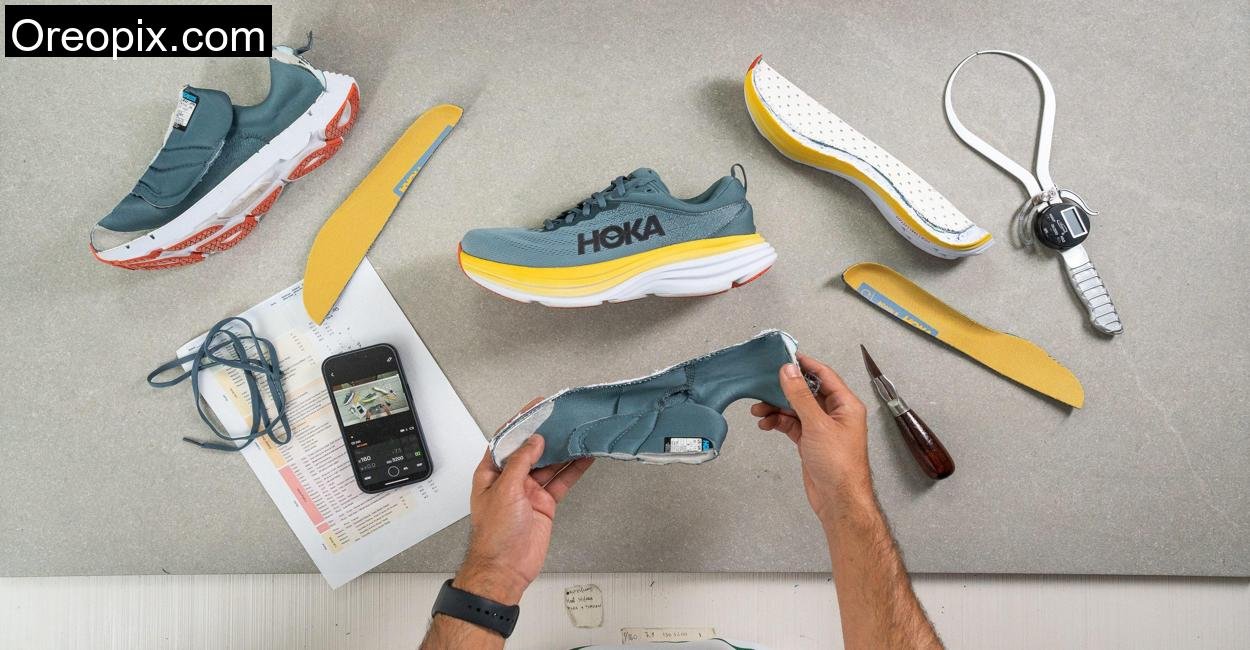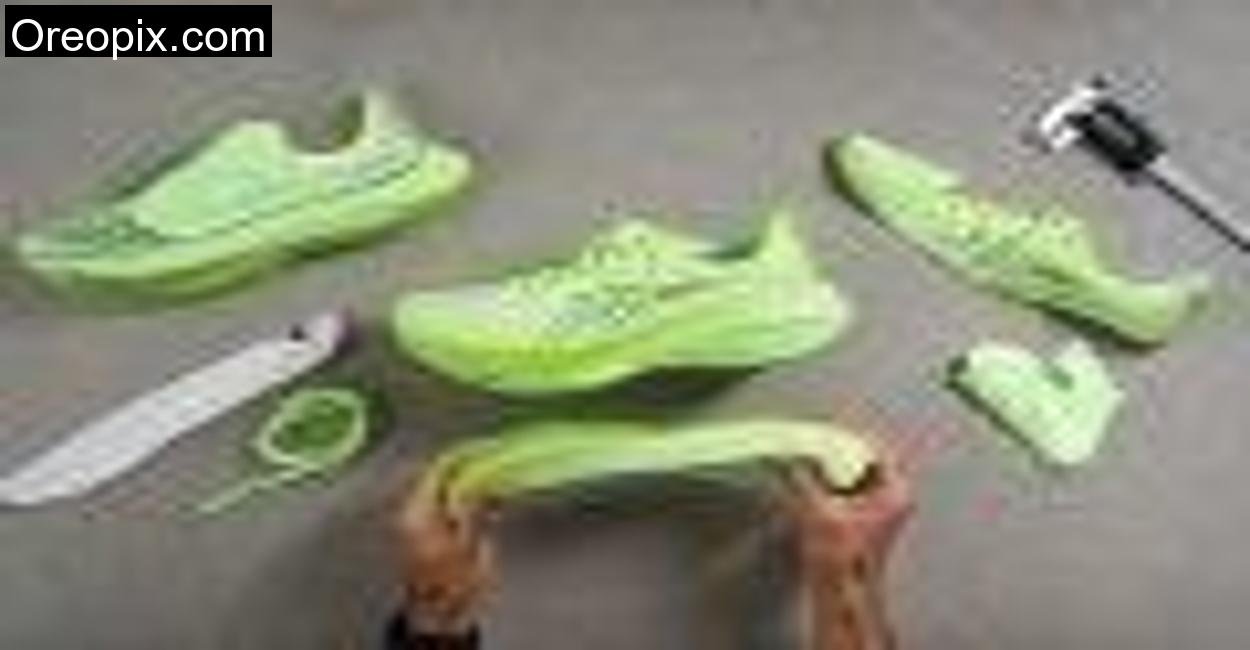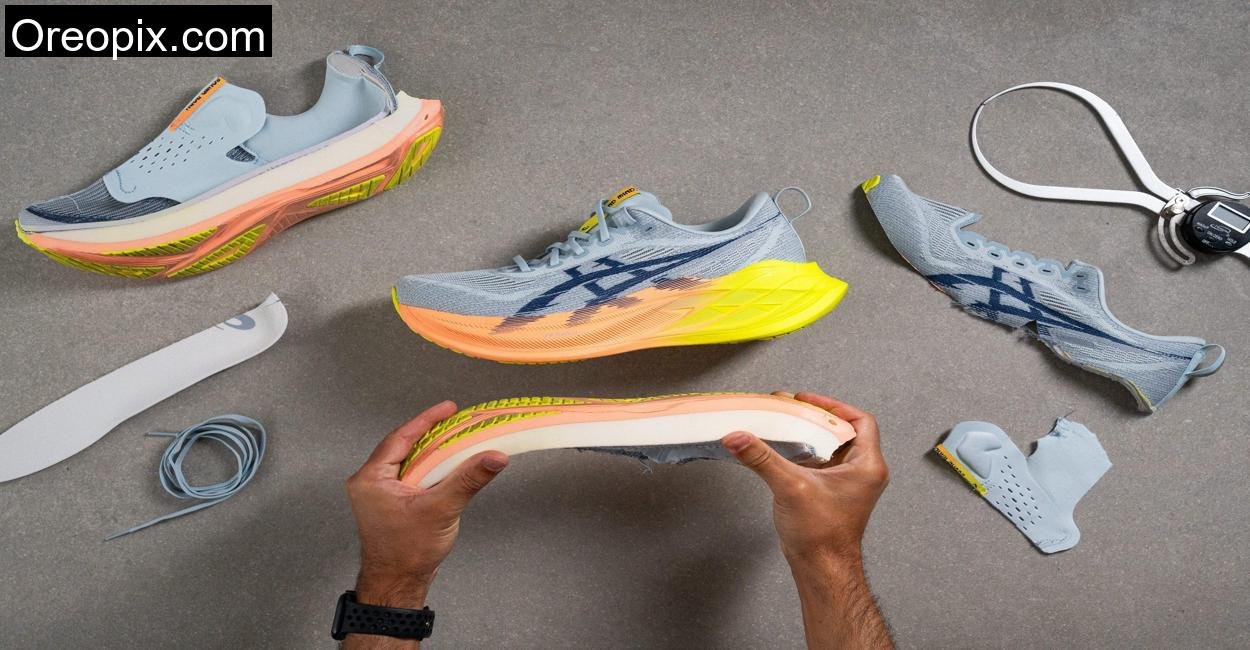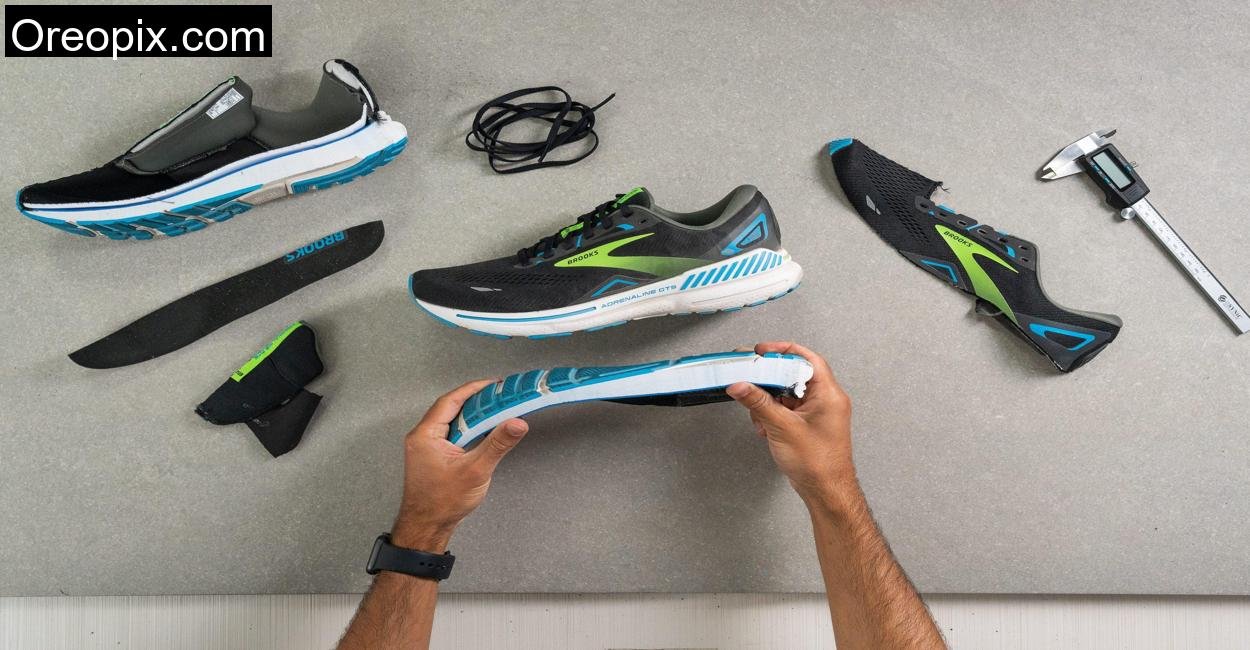When Brooks announced the Glycerin Max, I was intrigued but skeptical. Maximalist designs aren’t new, but Brooks has always leaned into traditional cushioning with a touch of plush. Seeing them dive fully into the max-cushion pool with DNA Loft v3 and now DNA Tuned? That had my curiosity hooked.
I needed more than just lab stats and marketing buzzwords, so I took this $200 premium trainer into the real world, in fact, I took it up a mountain. Hamta Pass, nestled in the Pir Panjal range of Himachal Pradesh, is a place where alpine meadows, rocky climbs, slushy snowfields, and unpredictable weather collide. A perfect testing ground for a shoe promising comfort, durability, and performance.
First Impressions: A Tank Disguised as a Cloud
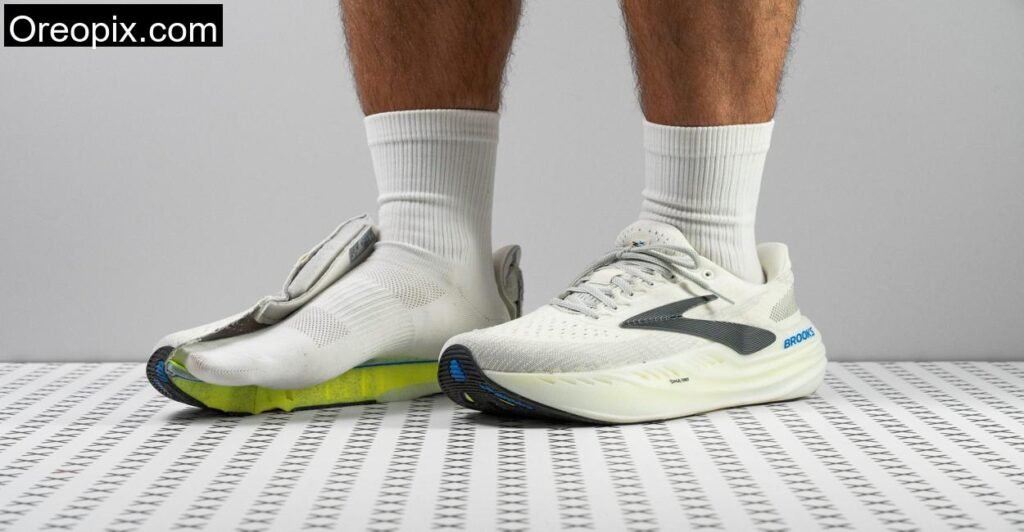
Unboxing the Glycerin Max was like meeting a luxury SUV. Big, solid, and plush. The engineered mesh upper felt breathable and stretchy, the heel collar was generously padded, and the shoe had a confident, almost majestic bulk to it. It was clearly built for long hauls, not for sprints.
Lacing up, the step-in comfort was sublime. Brooks nailed the first-touch feel. But I couldn’t ignore how heavy it felt in hand, over 10.8 oz for my pair. That’s a lot, and it made me wonder: will this shoe deliver when I’m 12km into a climb with 600 meters of elevation ahead?
The Hamta Pass Test: From Manali Meadows to Snowline
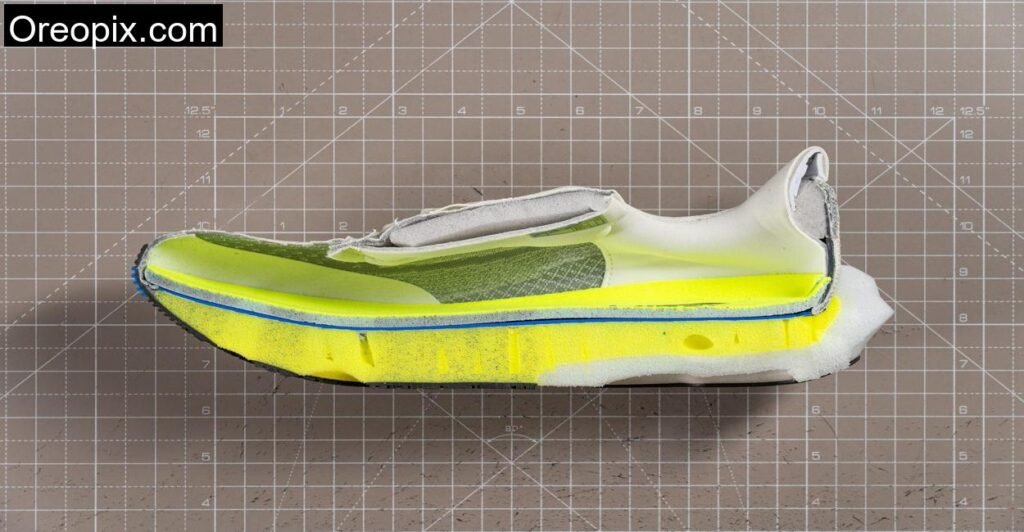
We started the trek from the Jobra campsite, heading towards Chika. The trail was muddy in parts, lined with roots and loose gravel. The plush DNA Tuned midsole (with dual-density zones) absorbed the unevenness underfoot like a dream. There was no harsh feedback on rock strikes, and the rocker geometry carried me forward with surprising ease.
I’m a midfoot striker, and the 6.6 mm drop felt natural. What I noticed most was how balanced the ride was. Despite the towering 42.3 mm heel stack, I never felt wobbly thanks to the wide midfoot platform and sidewall flares.
Crossing the streams, where water soaked through shoes in seconds, I appreciated the breathability. The upper dried relatively fast under the midday sun, and there was no soggy claustrophobia. The mesh isn’t waterproof, but it ventilates well enough that dampness doesn’t linger long.
But once we hit snow near Balu Ka Ghera, things changed. The exposed foam in the outsole became a liability. There’s minimal rubber coverage, and the compound used is soft, great for grip on dry roads, less stellar on wet rocks or snow. I had to be cautious. Not once did I fall, but I was hyper-aware of my footing.

Technical Specifications
All tech info comes right from Brook’s official site so it’s accurate and trustworthy.
| Feature | Specification |
|---|---|
| Weight | 10.8 oz (305g) |
| Drop | 6.6 mm |
| Heel Stack | 42.3 mm |
| Forefoot Stack | 35.7 mm |
| Midsole | DNA Tuned (dual-density foam) |
| Upper | Engineered mesh (3-layer) |
| Rocker | Yes |
| Breathability Score | 5/5 |
| Outsole Rubber Coverage | Minimal |
| Insole | 6.0 mm recycled EVA (removable) |
| Stability | Sidewall flares, wide midfoot |
| Use Case | Daily training, recovery, walking |
| Price | ₹19,560 (~$200) |
| Fit | True to size |
Comfort and Fit: Like a Hug for Your Foot

What makes the Glycerin Max truly stand out is the comfort. The fit was true to size, and the toe box was roomy, especially vertically. With 28.8 mm of toebox height, my toes had breathing room even after swelling post-ascend. The plush tongue (14 mm thick!) felt like overkill at first, but on long days, that padding was a godsend.
However, the lack of gusseting meant the tongue moved around more than I liked. I had to adjust it a few times on the trail, an annoying flaw in an otherwise premium upper.
The heel collar was another highlight. Extended and easy to grab, it made slipping the shoe on easy, even when my feet were tired and dirty. The internal padding cradled my Achilles without rubbing or slipping.
Cushioning & Midsole Performance: Cloud-Like, Not Marshmallow

Let’s talk about that DNA Tuned midsole. It’s not just soft, it’s intelligently soft. The firmer yellow foam up front gave me a responsive toe-off, while the softer white foam in the heel absorbed descents with grace.
During the steep downhill from Shea Goru to Chatru, I was thankful for that rearfoot softness. My quads and knees took far less abuse than usual. And despite the snow and wet terrain stiffening most shoes, the Glycerin Max’s cushioning held up remarkably well in the cold, only a 17% firmness increase. That’s impressive for an EVA-based midsole.
Outsole and Durability: The Weak Link

This is where things get murky. The outsole features minimal rubber, and while that helps reduce weight, it compromises durability and grip. After a few days on rocky terrain, I noticed scuffing and wear on the exposed foam.
It’s not a dealbreaker for road running or even light trail use, but for rugged, wet environments? I wouldn’t rely on it long term.
The toebox and heel padding held up well. I scraped the upper against rocks and dragged it through slush, and it still looked decent. A Dremel test might give it a 3/5 durability score, but in the real world, it did better than expected.
Breathability & Upper: Cool Air, Warm Feel

Despite being a triple-layer mesh, Brooks engineered the upper with precision. Ventilation holes in the toebox area allowed consistent airflow. I never felt heat build-up even under midday sun at 14,000 ft.
The sidewalls were reinforced for structure, which I appreciated while traversing uneven surfaces. It gave the shoe a stable feel without compromising airflow.
Who Should Buy This?

If you’re a: – Runner who values plush comfort for daily or recovery runs – Walker or someone on their feet all day – Brooks fan who wanted a real max-cushion shoe – Heavy runner needing leg-saving cushion
Then this shoe is for you.
Who Should Skip It?
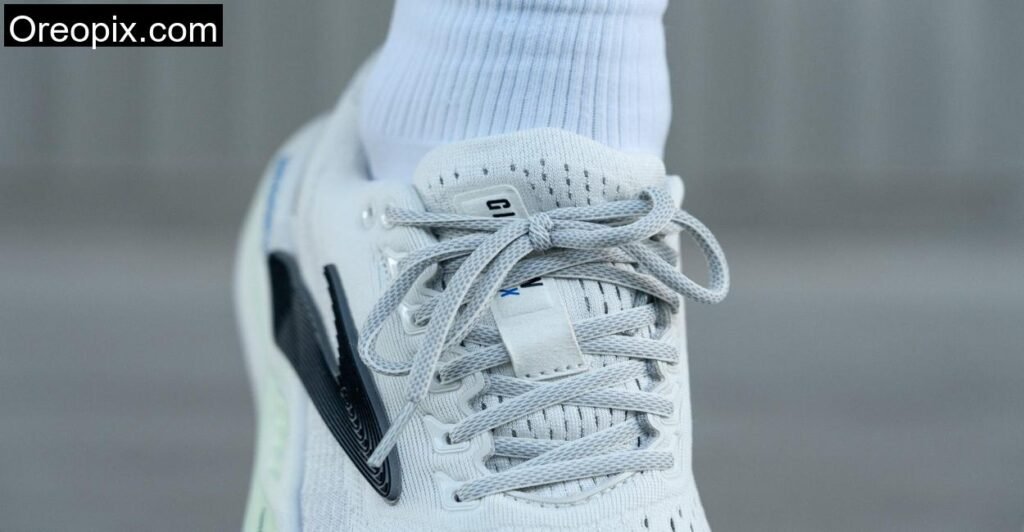
But if you: – Want a shoe for tempo runs or speed work – Need aggressive grip for off-road terrain – Prefer minimalist or featherweight shoes
Look elsewhere. Maybe at the ASICS Superblast 2 or Hoka Mach 6.
Final Verdict: Cloud Comfort with Some Caveats

The Brooks Glycerin Max is a maximalist masterpiece in many ways. It delivers on comfort, fit, breathability, and cushioning with near-perfection. On the Hamta Pass trails, it was a reliable companion, soft underfoot, supportive on climbs, and forgiving on descents.
But it’s not without flaws. The outsole durability and tongue design don’t quite match the premium price tag. And that weight? You feel it, especially on long hauls.
Still, for runners or walkers who prioritize comfort over pace and want a shoe that cushions every step like a luxury mattress, the Glycerin Max is a worthy investment. Just don’t expect it to be your do-it-all trail beast.
Up in the Himalayas, where every step matters, the Glycerin Max held its own. And that says something.
Is the Brooks Glycerin Max suitable for trail running?
Light trails, yes. Technical or wet trails, not ideal due to limited rubber on the outsole.
Can I use Brooks Glycerin Max for walking or all-day wear?
Absolutely. The comfort and cushioning make it an excellent all-day option, even if you’re just walking.
Is Brooks Glycerin Max breathable enough for warm climates?
Yes. The upper is impressively ventilated, especially in the toebox.

